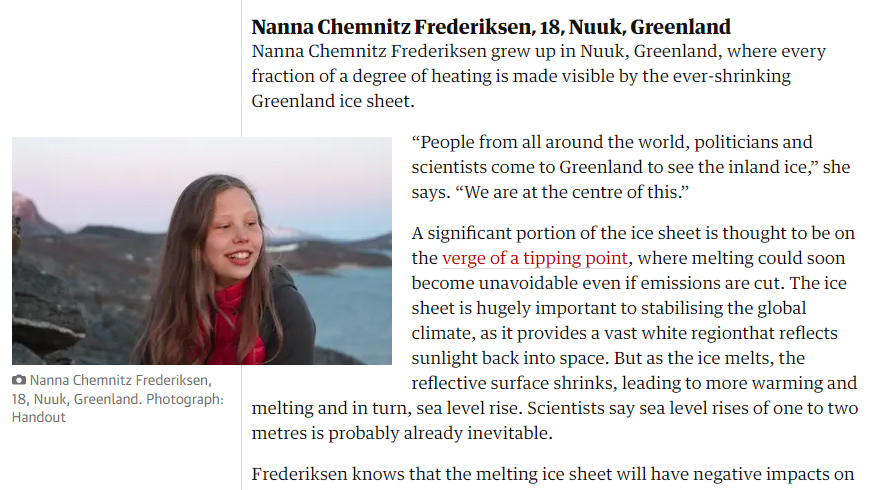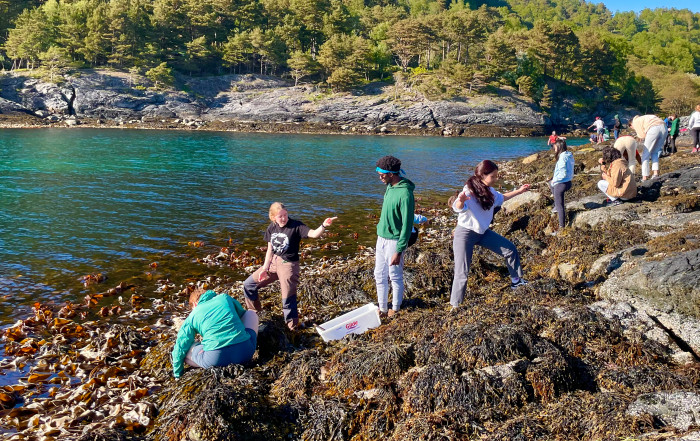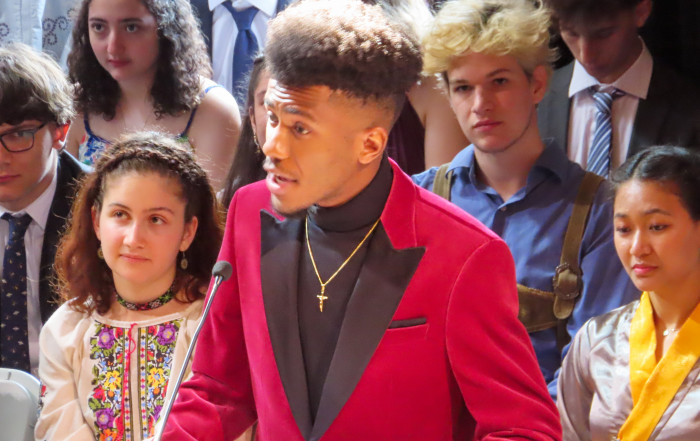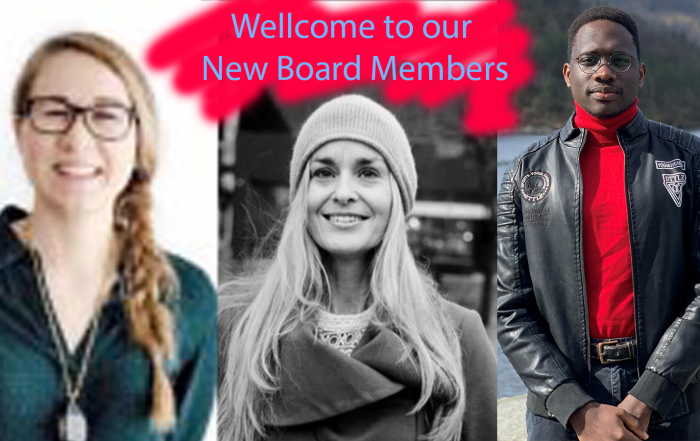“People from all around the world, politicians and scientists come to Greenland to see the inland ice,” she says. “We are at the centre of this.”
A significant portion of the ice sheet is thought to be on the verge of a tipping point, where melting could soon become unavoidable even if emissions are cut. The ice sheet is hugely important to stabilizing the global climate, as it provides a vast white region that reflects sunlight back into space. But as the ice melts, the reflective surface shrinks, leading to more warming and melting and in turn, sea level rise. Scientists say sea level rises of one to two metres is probably already inevitable.
Frederiksen knows that the melting ice sheet will have negative impacts on communities across Greenland, especially in northern settlements such as Qaanaaq where permafrost melting is destabilizing homes and roads and impacting how fishers and hunters operate.
But her real concern lies on the impact it will have globally. “I am not so scared of what the effects of the melting of ice in Greenland will be,” Frederiksen says, “It scares me what effect it can have for the rest of the world.”
Latest News
Svanøy – for the 23rd time!
For the 23rd time we went to an ecology field trip to the island of Svanøy, taking samples of plankton, taking measurements of the sea water, exploring the sea shore ecosystem and getting [...]
New Ambassadors for Peace and Sustainability
Congratulations to our 2nd year students who today have become graduates! Each of them received their UWC and Red Cross Diplomas from Rektor Hege Myhre and Deputy Rektor Jo Loiterton- and loud expressions of [...]
New Members of Our Board
On April 17th, the Annual Council Meeting at UWC Red Cross Nordic confirmed Charlotte Nordstrøm, Hilde Sandvik and Logan Tatangmo Tikombouo as new members of our Board. We welcome them to join us. Thanks to Liv Ronglan, Astrid [...]




